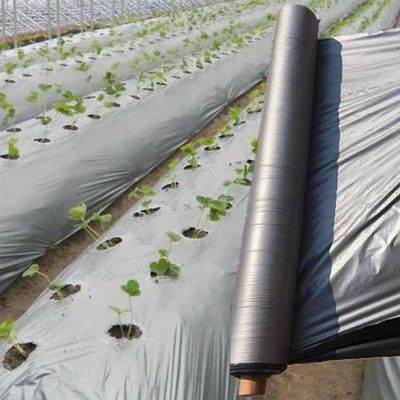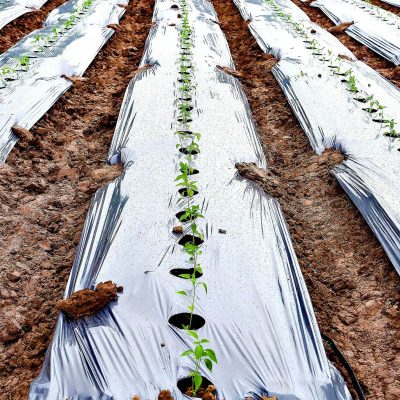When choosing the right agriculture film for specific applications, several factors need to be considered. Here are key factors to keep in mind when selecting agriculture films for different farming needs:
- Crop Type: Different crops have varying requirements in terms of light, temperature, and moisture. Consider the specific needs of your crop, such as its light transmission requirements, heat tolerance, and growth habits. For example, some crops may benefit from clear greenhouse films that maximize light transmission, while others may require shade nets to protect them from excessive sunlight.
- Climate and Season: The climate and growing season in your region play a significant role in selecting the appropriate agriculture film. Consider the average temperature range, sunlight exposure, humidity levels, and prevailing weather conditions. For example, in colder regions, you may need thicker greenhouse films or films with higher insulation properties to maintain optimal temperatures for plant growth.
- Light Transmission: Light transmission is crucial for crop growth and photosynthesis. Different agriculture films have varying levels of light transmission. Determine the specific light requirements of your crops, considering factors such as their tolerance to direct sunlight, the need for diffused light, or the sensitivity to certain light spectrums. For example, high-light crops may benefit from films with high light transmission, while light-sensitive plants may require diffusing films or shade nets.
- UV Protection: Excessive exposure to ultraviolet (UV) radiation can be harmful to plants, leading to sunburn, leaf damage, or reduced crop quality. Look for agriculture films with UV protection properties to shield plants from harmful UV rays. UV-stabilized films can prevent degradation and prolong the lifespan of the film itself.
- Durability and Longevity: Consider the durability and expected lifespan of the agriculture film, especially if it will be exposed to harsh weather conditions or frequent use. Thicker films or those with reinforced layers tend to be more durable and offer better resistance to tearing, punctures, or degradation. Assess the expected lifespan of the film and balance it with your specific needs and budget.
- Moisture Management: Depending on your irrigation practices and water availability, you may need films that help manage moisture levels in the soil. Some films allow water penetration, while others act as a barrier, preventing water loss through evaporation. Consider the moisture requirements of your crops, local rainfall patterns, and irrigation methods when selecting films.
- Pest and Disease Management: Certain agriculture films offer additional benefits in pest and disease management. Anti-insect nets can help exclude insects and pests from crops, reducing the need for chemical pesticides. Additionally, films with antimicrobial or antifungal properties can help prevent the spread of diseases. Evaluate the specific pest and disease pressures in your area and choose films that offer the desired protection.
- Environmental Impact: Consider the environmental impact of the agriculture film, including factors such as its recyclability, biodegradability, or potential for reuse. Opt for films that are manufactured from sustainable materials or have environmentally friendly disposal options.
- Cost Considerations: Budget is an important consideration when selecting agriculture films. Different films vary in cost, and it’s essential to balance the benefits and features of the film with your available budget. Remember that investing in higher-quality films with longer lifespans may provide cost savings in the long run.
By carefully considering these factors and assessing the specific needs of your crops and farming practices, you can choose the most suitable agriculture film for your application, ensuring optimal performance and crop productivity.








